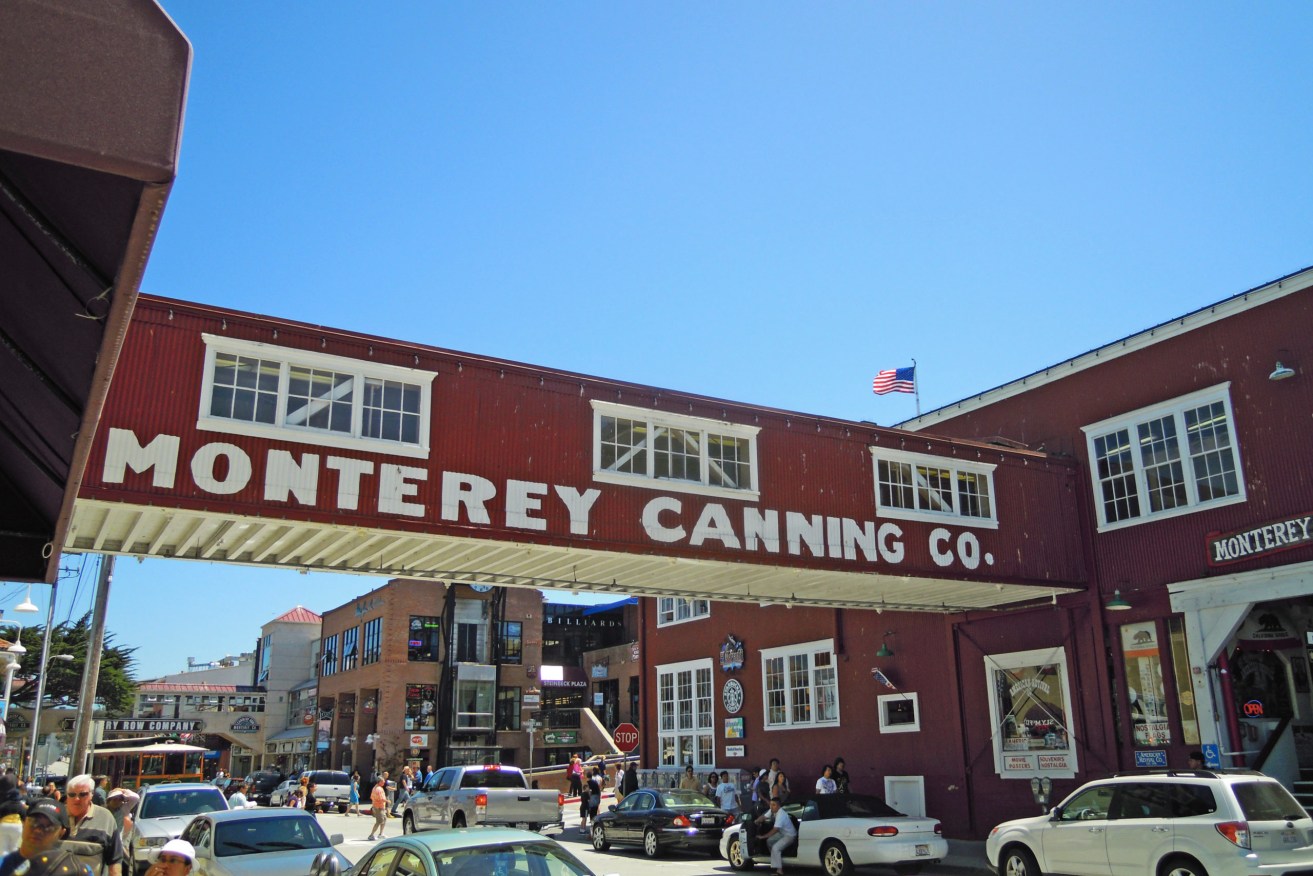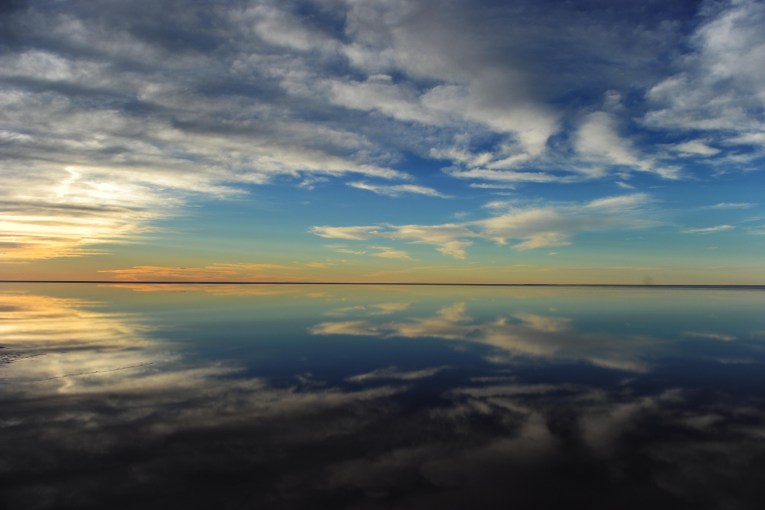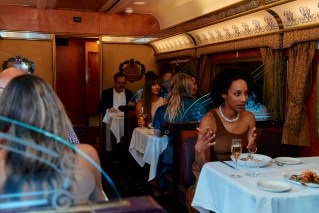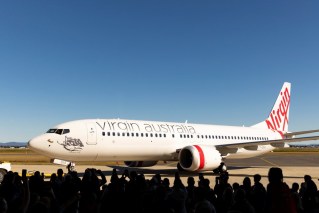Five decades on, it’s hip to be down in Monterey
In the summer of 1967, it was the place to be. For three days in June, the Monterey Pop Festival was a seminal musical event that shaped the history of pop culture.

Cannery Row. (Photo: WellTravelled.Media)
Eric Burdon and The Animals sang about being ‘Down in Monterey’ as San Francisco’s hippie flower children trekked the 240km south to listen to a stellar line-up of rock casualties including Jimi Hendrix, Janis Joplin and Otis Redding.
The days of flower power may have wilted but with its jazz festival each September, maritime history and old-world waterfront charm, Monterey is rich in attractions.
This delightful Californian enclave has witnessed the ebb and flow of many personal fortunes over the centuries. Native Americans from the Elkhorn tribe hunted the river marshes for game and watched silently as Spain’s Captain Juan Cabrillo sailed passed the coast in 1542. The next generation unknowingly became Spanish subjects in 1602 when they were colonized and evangelized by California’s Spanish conquerors.
But it’s the history of Monterey Bay’s rich fishing grounds that define its sense of place. It was once known as the “Sardine Capital of the World”. Cannery Row runs parallel to the waterfront and it’s easy to imagine another time when its corrugated iron and timber warehouses were the centre of a booming sardine canning industry.
At the turn of the 20th century, the street was bristling with workers ferrying their bountiful catches to the canneries. Men braved Monterey’s chilly Pacific Ocean, their boats loaded to the gunnels with the bay’s silvery harvest but by the 1950s, the sardine had disappeared.
The American writer John Steinbeck immortalized the exploits of the fishing industry’s characters in his classic novel Cannery Row published in 1945.
While the sounds and, thankfully, the smells of the canning industry have faded, Cannery Row’s refurbished factories are once more a hub of activity housing cafes, shops, galleries and where families enjoy arcade games, merry-go-round rides and the Steinbeck Waxwork Museum.
Hovden Food Products Corporation was the last to go belly-up in 1973 but the building has been reborn into the sensational Monterey Bay Aquarium. Regarded as America’s best aquarium, it is an astonishing display of the underwater world.
Down in Old Monterey, the self-guided “Path of History” takes you past the town’s meticulously restored 19th-century Spanish adobe houses, historic gardens and churches.
At the foot of Fisherman’s Wharf, the Maritime and History Museum tells salty tales of Monterey’s seafaring past and sets the mood for venturing onto Fisherman’s Wharf, a happy jumble of waterside restaurants.
Along the docks, whale watching and fishing boats tout for business and from May to November, you’re virtually guaranteed to see majestic Humpbacks, Blue whales and dolphins travelling through Monterey Bay as they migrate up the Pacific coast.
Old Fisherman’s Wharf is now a popular tourist precinct and the narrow pedestrian streets and clapboard storefronts evoke a time when it thronged with sardine fishermen rather than tourists eating the local speciality, clam chowder bread bowl.

Monterey Aquarium. (Photo: WellTravelled.Media)
A national maritime sanctuary, Monterey is a natural launching ramp for kayaking and swimming and there are some truly romantic clapboard and shingle roofed inns set on the very edge of Monterey Bay that provide restful places to lay your head.
At Lovers’ Point Park, morning breaks slowly over Monterey Bay as grey-white sea mists slowly peel away and kids share the cool waters of a small sheltered cove with sea otters and gulls.
Alvarado Street is full of character and trolley buses are a fast, fun, free way to get around town. This pretty street hung with geranium baskets and lined with designer shops, restaurants, cocktail bars and jazz joints is a relaxing precinct during the day with a laid-back musical vibe at night.
A fifteen-minute drive from Monterey brings you to the upmarket beachside village of Carmel-by-the-Sea, the epitome of cosmopolitan classic style. Resuscitate the credit card, Carmel’s shopping heart beats strongly along Ocean Avenue lined with designer boutiques, estate jewellery selling pieces with a glamorous past, provincial homewares for luxurious beach houses, art galleries for serious collectors and Tiffany & Co.
To see where well-heeled Carmelites live, wander along the Scenic Road where waterfront architecture runs the gamut from quasi-medieval stone mansions to streamlined modernist houses perched on outcrops jutting into the Pacific.
As a region to explore, Monterey Bay and surrounds is a wonderful mix of history and modernity and should definitely be on your list of west coast touring options if you’re visiting the US any time soon.
– WellTravelled.Network












